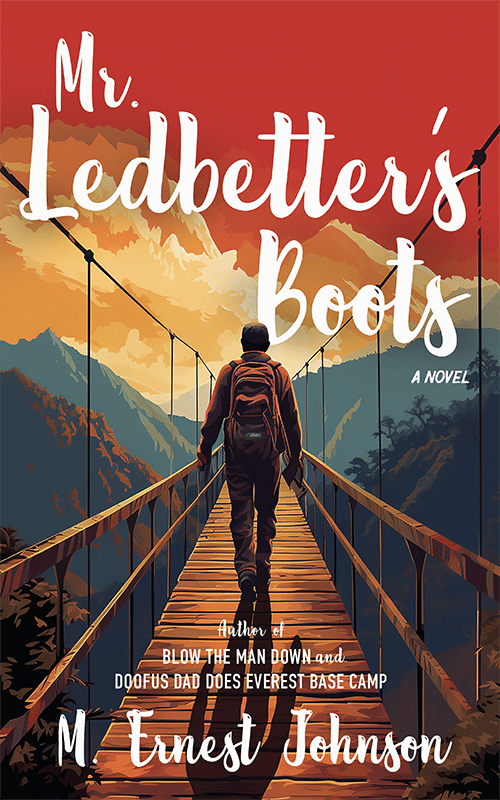If you’ve ever gone on a hike wearing a basic cotton T-shirt, you probably learned the hard way that not all fabrics are created equal — especially when, after a long uphill slog, your sweat-soaked shirt becomes a cold, heavy, clammy, hypothermia-inducing garment that you desperately want to ditch. While cotton might be comfortable to wear while mowing the lawn at home (where you can come right in and jump in the shower), it’s one of the worst choices for trekking in remote areas. Why? It all comes down to moisture management, dry time, and temperature regulation.
NOT COOL, COTTON
Cotton is hydrophilic, which is a fancy word for readily absorbing and retaining water. The individual fibers in cotton are made of cellulose, a plant-based material with molecular structures that form hydrogen bonds with water molecules—essentially making cotton a moisture magnet. When you sweat, cotton doesn’t just wick the moisture away; it traps it deep within the fabric like a sponge. This might be tolerable in mild conditions, but in cold, wet, or windy environments, it becomes dangerous. Wet cotton conducts heat away from your body up to 25 times faster than dry air, a process known as conductive heat loss. This accelerates cooling of the skin and increases the risk of hypothermia, even in temperatures above freezing. Compounding the problem, cotton dries extremely slowly, especially in humid or shaded environments. Once it’s wet, it stays wet — and cold. That’s why the old adage among hikers, backpackers, and mountaineers remains gospel: “Cotton kills.”
Enter Moisture-Wicking Fabrics
Moisture-wicking fabrics like polyester, nylon, and Merino wool are designed to do the opposite of cotton. Instead of absorbing sweat, they pull it away from your skin and spread it across the surface of the fabric, allowing it to evaporate quickly. This keeps you drier, cooler, and more comfortable—especially in hot or high-exertion environments.
Synthetics like polyester are fast-drying and durable, making them a favorite for base layers, shirts, and socks. Merino wool, on the other hand, offers natural odor resistance and temperature regulation, keeping you warm even when damp—ideal for multi-day treks or changing weather conditions. Especially on treks where luggage weight limits come into play — like Everest Base Camp and the Inca Trail — it is imperitive to pack as lightly as possible with clothing that will remain soft, comfortable, and stink-free after several consecutive days of use without a wash.
The Real-World Impact
The difference goes beyond comfort. Staying dry helps regulate your core body temperature, prevents blisters and chafing, and keeps your layering system working properly. On a challenging trek — whether you’re ascending to EBC or hiking in the hot trails of the Camino de Santiago — your clothing becomes part of your survival gear.
What to Look For
When shopping for trekking clothes, look for keywords like moisture-wicking, quick-dry, breathable, or technical fabric. Avoid cotton — even in your socks or underwear. Every layer matters. (Yes, the good stuff is more expensive, but it’s a necessary sacrifice.)
Bottom Line?
In the world of adventure travel, clothing isn’t just about style — it’s about performance. Ditch the cotton and invest in the right fabrics that keep you dry, comfortable, efficient, and safe no matter where the trail takes you.





Where is the mention of the old BSA Scoutmaster that provided the initial details regarding this topic???
“Cotton kills”…